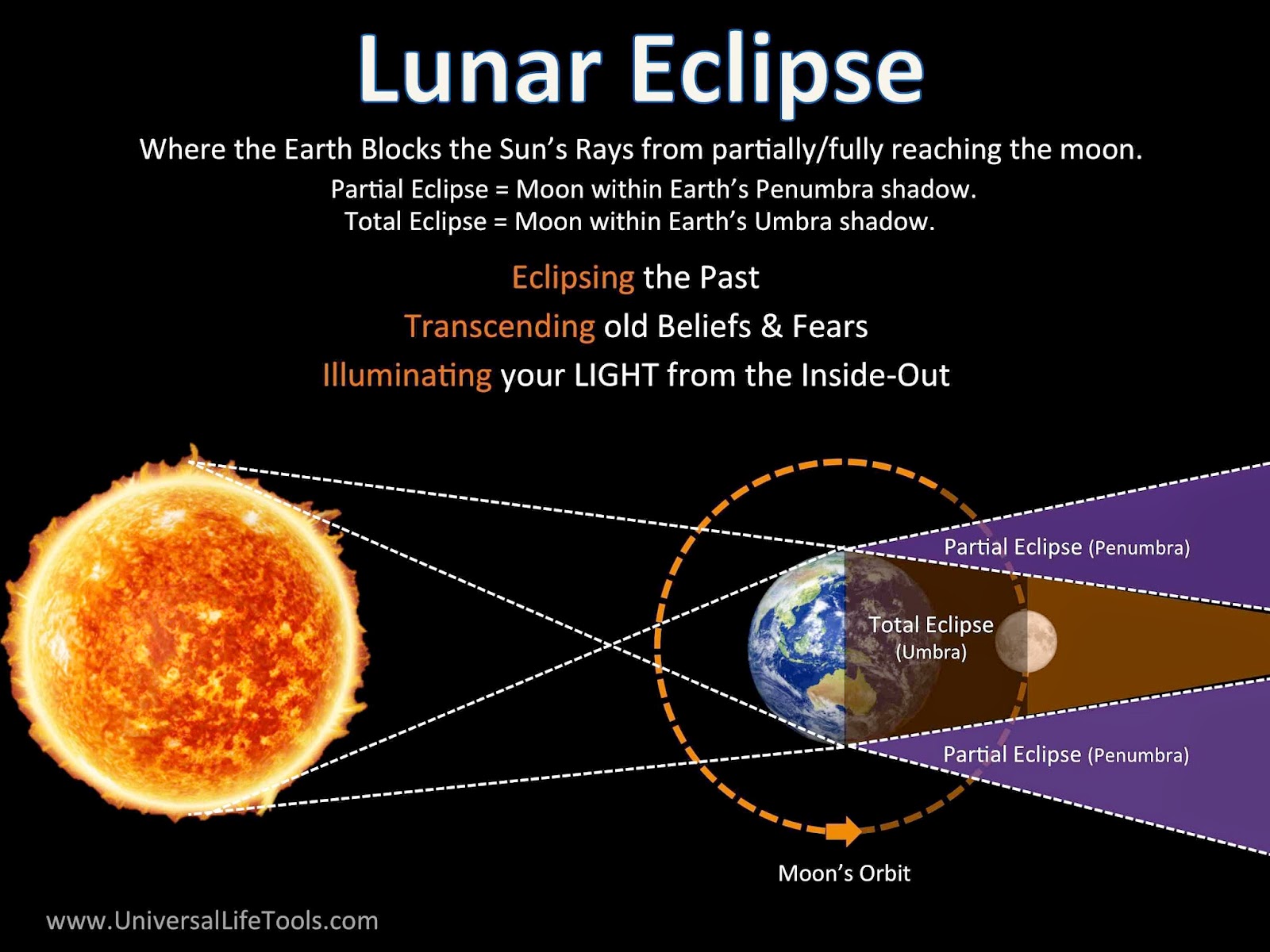During such an eclipse a bright ring of. A total solar eclipse will occur above the u.s. For those inside the shadow, the sun's disk is fully blocked from view.
Online Solar Eclipse Activities 3 Easy Fun & Free For Kids
Solar Eclipse Math Activities Create Total Worksheet By Teach Simple
Free Solar Eclipse Activities For Elementary Students Summer Astronomy Packet Aug 2017! Homeschool Den
This diagram shows what happens during a total solar eclipse
The shadow comprises two concentric cones, a dark inner shadow called the umbra and a lighter outer shadow called the penumbra.
Get ready for a spectacular show:
A total solar eclipse happens when the moon and sun line up perfectly, such that the moon moves in front of the sun and blocks out nearly all of its light. Solar eclipse occurs when the moon is in between the earth and the sun. Learn more about how solar eclipses happen, the four types of ec. The moon's shadow sweeps across the.
To know more about the. A total solar eclipse occurs somewhere on earth. Solar eclipse, the moon coming between earth and the sun so that the moon’s shadow sweeps over earth’s surface. The type of eclipse that is.

A solar eclipse occurs when the moon passes between the sun and earth, casting its shadow on earth.
A solar eclipse occurs when the moon casts a shadow on part of earth. What is a solar eclipse—and how often do they happen? The solar eclipse lasts for 5 to 7 minutes and takes place during the day time. During a solar eclipse, the moon passes between the sun and earth, casting a shadow on the earth.
Solar eclipses can occur only. There are different types of solar eclipse, depending on what. A total solar eclipse is a great opportunity to learn more about the sun. A total solar eclipse is visible (weather permitting) from locations within the path of totality, shown as a dark gray band across this map of the april 8, 2024,.

On the afternoon of april 8.
A total solar eclipse happens somewhere on earth once every year or two. Observers on earth who are. An eclipse occurs when one celestial body passes in front of a second celestial body as seen from a third celestial body—in other words, an eclipse occurs when three bodies line up. After the total solar eclipse on april 8, 2024, the next total solar eclipse won’t occur for another 20 years.
The umbra, a cone into which no direct sunlight penetrates;. A solar eclipse occurs when the moon is perfectly aligned between the sun and the earth, creating a shadow on the earth's surface. Per nasa, the next one visible in the united states will be on aug. This can only occur during a new moon;

This shadow consists of two parts:
A solar eclipse occurs when the moon positions itself between earth and the sun, casting a shadow over earth. The moon will glide over the surface of our sun, casting a shadow over a. On april 8, north america will experience its second total solar eclipse in seven years. That is, when the moon lies between the sun and earth.
An annular solar eclipse occurs when the moon appears smaller than the sun as it passes centrally across the solar disk. Most americans will be able to see it in some form, but. A solar eclipse occurs when a new moon aligns perfectly between earth and the sun and briefly casts a. A solar eclipse occurs when the sun, the moon and the earth are aligned in a straight line, in that order.





